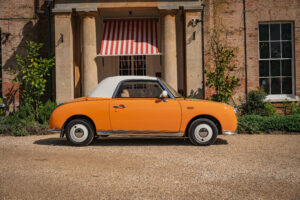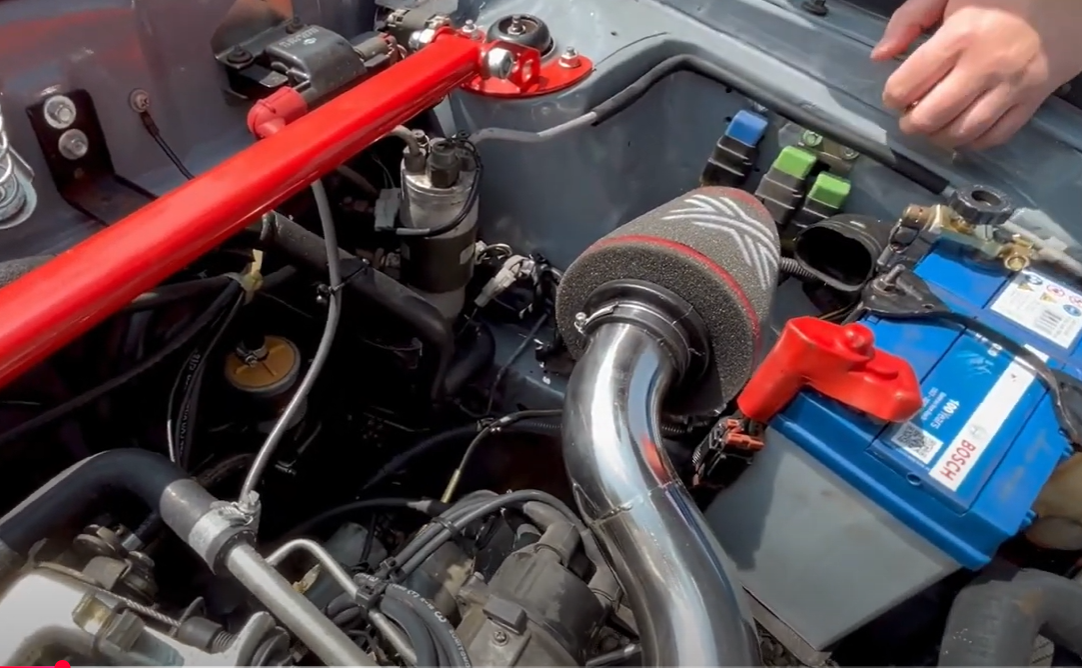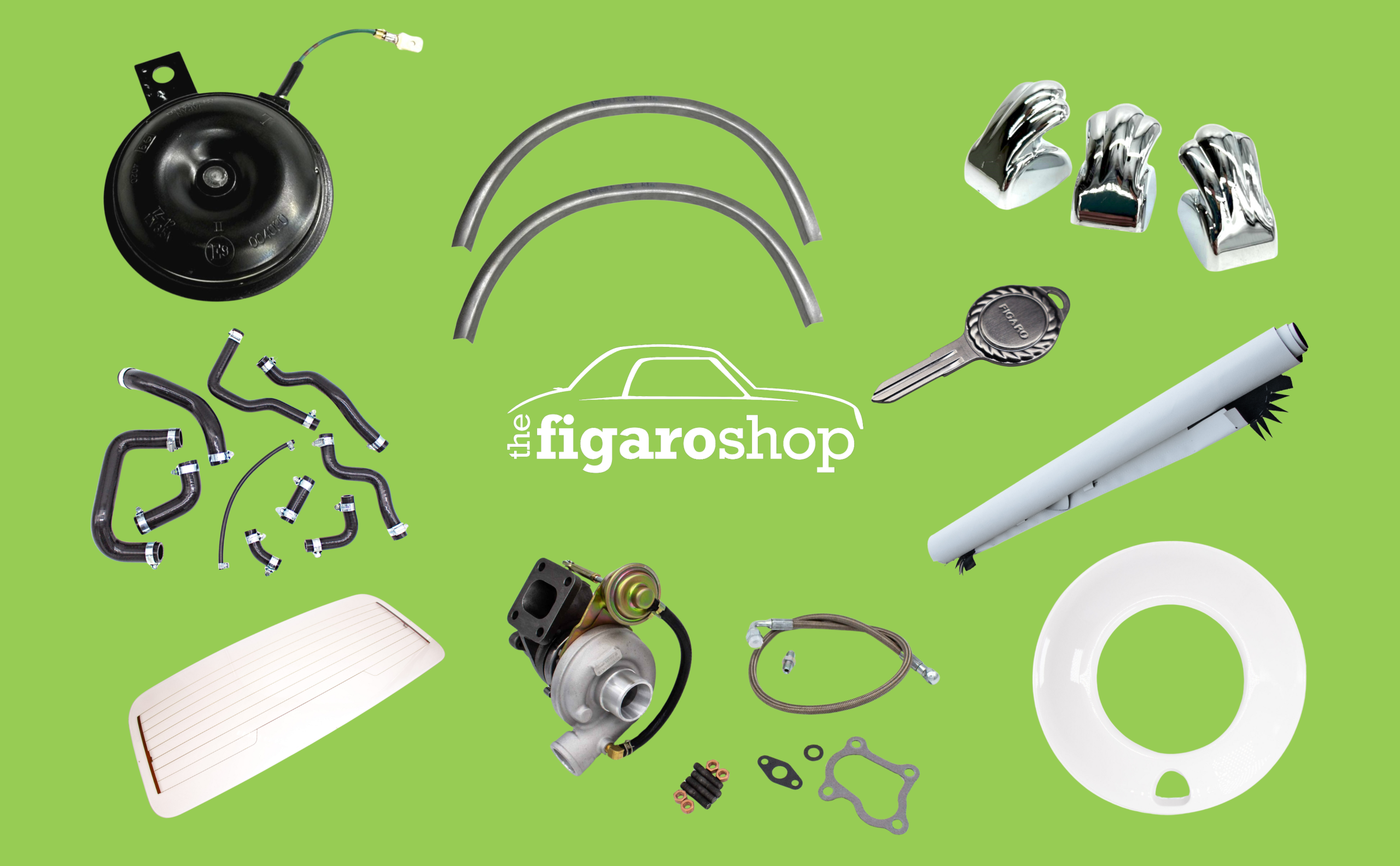In a world where sustainability is becoming increasingly crucial, every choice we make can have a profound impact on the environment. When it comes to transportation, opting for a classic car restoration, over a brand new one, can significantly reduce your carbon footprint.
Here are ten compelling reasons why choosing to restore a Nissan Figaro or purchase a restored Nissan Figaro, is not only better for the planet, but also a smarter choice overall:
1. Reduced CO2 Emissions: Building a new car generates a significant amount of carbon dioxide emissions. The manufacturing process generates 5.6 tonnes of CO2 alone, on top of that you have assembly and transportation of the new cars from their country of manufacture to country of sale. In contrast, restoring a 1991 Nissan Figaro involves minimal manufacturing, resulting in significantly lower CO2 emissions.
2. Reuse of Existing Materials: Restoring a Nissan Figaro entails refurbishing and reusing a lot of existing materials rather than producing new ones. This approach reduces the demand for raw materials and minimizes the energy required for extraction and processing.
3. Less Wasteful: Choosing a restored Nissan Figaro gives new life to a vehicle that might otherwise end up in a junkyard. By extending the lifespan of existing cars, we can reduce waste generation and conserve valuable resources.
4. Preservation of Automotive History: The 1991 Nissan Figaro represents a unique piece of automotive history. Restoring this iconic car not only benefits the environment but also helps preserve its vintage charm and design for future generations to appreciate.
5. Longevity: The average lifespan of cars today is around 11.8 years. In contrast, the 1991 Nissan Figaro, now 33 years old, showcases the durability and longevity of well-maintained classic cars. By investing in restoration work, owners can enjoy their Figaros for decades to come, reducing the need for frequent replacements.
6. Energy Efficiency: Restored Nissan Figaros are often more fuel-efficient than modern cars. By optimizing engine performance and upgrading components, restorers can improve fuel economy and reduce overall energy consumption, further contributing to environmental sustainability.
7. Support for Local Economies: Restoring a Nissan Figaro often involves the expertise of local mechanics, craftsmen, and artisans like us! Choosing to restore a classic car supports local businesses and fosters community resilience while promoting sustainable practices.
8. Customisation Options: Restoring a Nissan Figaro offers the opportunity for customisation according to individual preferences. Enthusiasts can personalise their Figaros, creating unique vehicles tailored to their style and needs, rather than settling for mass-produced models.
9. Educational Value: Restoring a Nissan Figaro can be a valuable learning experience, providing you with valuable insights into automotive engineering and mechanics. It encourages hands-on skills development and promotes a deeper understanding of vehicle maintenance and conservation.
10. Promotes a Sustainable Lifestyle: Opting for a restored Nissan Figaro reflects a commitment to sustainability and conscious consumption. It sends a powerful message about the importance of preserving resources and reducing waste in a world where consumerism often dominates.
In conclusion, choosing to restore a 1991 Nissan Figaro over buying a new car offers numerous environmental benefits, while celebrating automotive heritage and promoting sustainable practices. By making thoughtful choices in our transportation habits, we can minimize our impact on the planet and pave the way for a greener and Figaro filled future.




